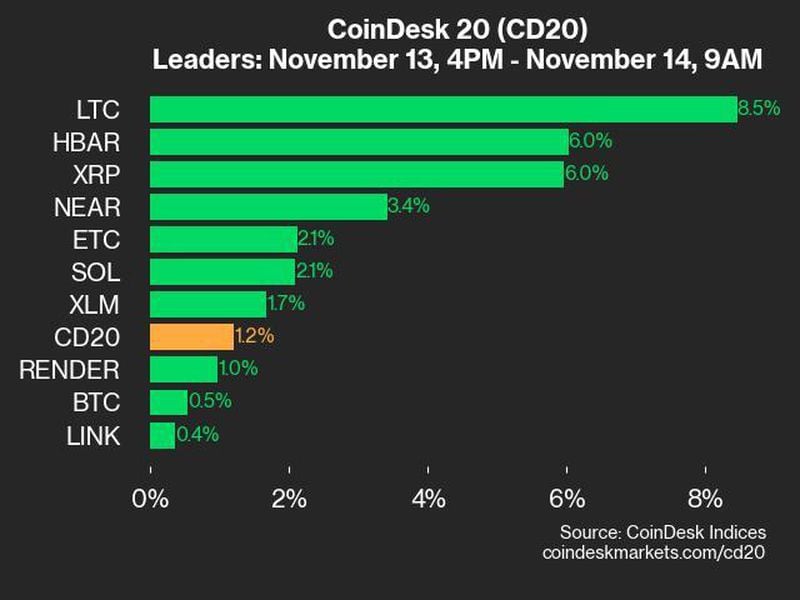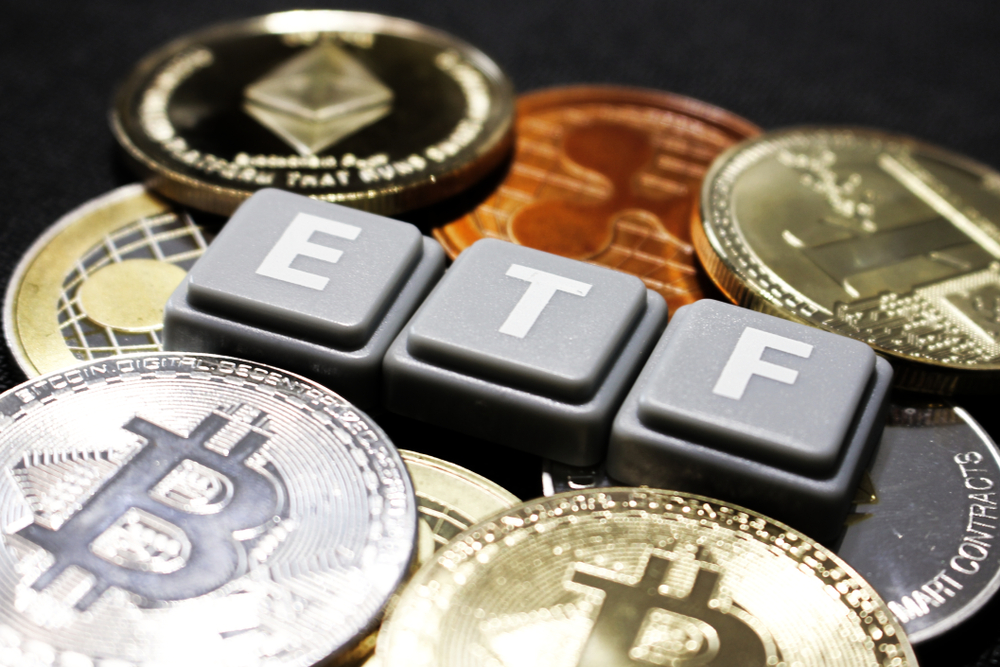The Subtle Way AI Data Centers Boost Bitcoin Mining Economics
-
The rapid proliferation of AI data centers may have a positive impact on the bitcoin mining industry.
-
AI data centers are just as hungry for cheap energy as miners are, so they reduce the number of new mines being spun up.
-
Down the line, cheap electricity may be in such short supply that hashprice will stop falling.

03:27
Trump’s Media Company in Talks to Buy Crypto Trading Platform Bakkt; Razzlekhan Gets 18 Months in Prison

11:59
Dormant Investors Are ‘Awake Again’ for Crypto After the Election: Galaxy Exec

01:16
Solana’s SOL Skyrockets Past $240 for First Time in Three Years

02:43
XRP Price Surges Amid Record Futures Bets; Who Will Be the Next U.S. Treasury Secretary?
The rise of artificial intelligence (AI) data centers might turn into a boon for bitcoin miner economics — even the ones that don’t work with AI.
The reason? The competition between AI data centers and bitcoin miners for cheap electricity could end up establishing a floor on hashprice, a crucial metric used by miners to measure their revenue.
“Every potential mining investment now goes through this filter: is it better to use this site for AI purposes or mining,” Spencer Marr, president of bitcoin mining firm Sangha Renewables, told CoinDesk. “Every time they choose AI or other forms of high-performance computing, that means hashrate won’t climb, and hashprice won’t be negatively impacted.”
Hashrate is a term that refers to the total combined computational power backing a Proof-of-Work blockchain, in this case Bitcoin. Hashprice, meanwhile, is the amount of bitcoin that a miner can expect to earn each time their machines perform a certain number of hashes, or computations, on a given timeframe.
At press time, bitcoin’s hashrate totalled 770 exahash per second (EH/s), per Hashrate Index data, with bitcoin’s hashprice coming in at $61.12 per petahash per day. Hashprice has been steadily decreasing as mining has grown more competitive. Back in 2017, for example, it wasn’t uncommon for hashprice to clock in above $1,000 by that measure.
Establishing a floor on hashprice would be valuable for miners as it would guarantee that computing power will never go below a certain threshold in terms of value, no matter the conditions.
“In the competition for access to cheap electricity, miners are starting to be squeezed out by more willing purchasers in the form of other forms of compute,” Marr said. “It’s a specific game theory, because as the miner, you like to see other people deciding to use cheap electrons for other purposes than Bitcoin compute because of the competitive nature of mining.”
But the squeeze may simply lead bitcoin miners to move away to other jurisdictions across the globe where AI data centers aren’t sprouting left and right, Jaran Mellerud, co-founder of bitcoin mining hardware and hosting services firm Hashlabs Mining, told CoinDesk.
“I don’t think the competition for power from AI facilities will significantly impact hashprice,” Mellerud said. “The Bitcoin mining network is a self-correcting mechanism, so reduced hashrate in one country will simply increase profitability of miners in another country, giving them more room to grow.” “My thesis is that the U.S. will have less than 20% of the hashrate by 2030 due to competition from AI facilities, while hashrate will grow elsewhere, particularly in Africa and Southeast Asia,” Mellerud added.
Marr agreed these were valid points, though he pointed out that at the end of the day, “there is a finite number of rock bottom cheap electrons.” AI data centers are also trickier to operate than bitcoin mines; they require constant uptime, for example, and are much more expensive to build and run.
“Maybe in the end the competition for electrons slows down but doesn’t stop hashrate growth,” Marr said.
Edited by Stephen Alpher.
Disclosure
Please note that our
privacy policy,
terms of use,
cookies,
and
do not sell my personal information
have been updated
.
CoinDesk is an
award-winning
media outlet that covers the cryptocurrency industry. Its journalists abide by a strict set of
editorial policies.
CoinDesk has adopted a set of principles aimed at ensuring the integrity, editorial independence and freedom from bias of its publications. CoinDesk is part of the Bullish group, which owns and invests in digital asset businesses and digital assets. CoinDesk employees, including journalists, may receive Bullish group equity-based compensation. Bullish was incubated by technology investor Block.one.
:format(jpg)/author-service-images-prod-us-east-1.publishing.aws.arc.pub/coindesk/6189a10d-85f8-4534-96f0-b0c28aa351e9.png)









